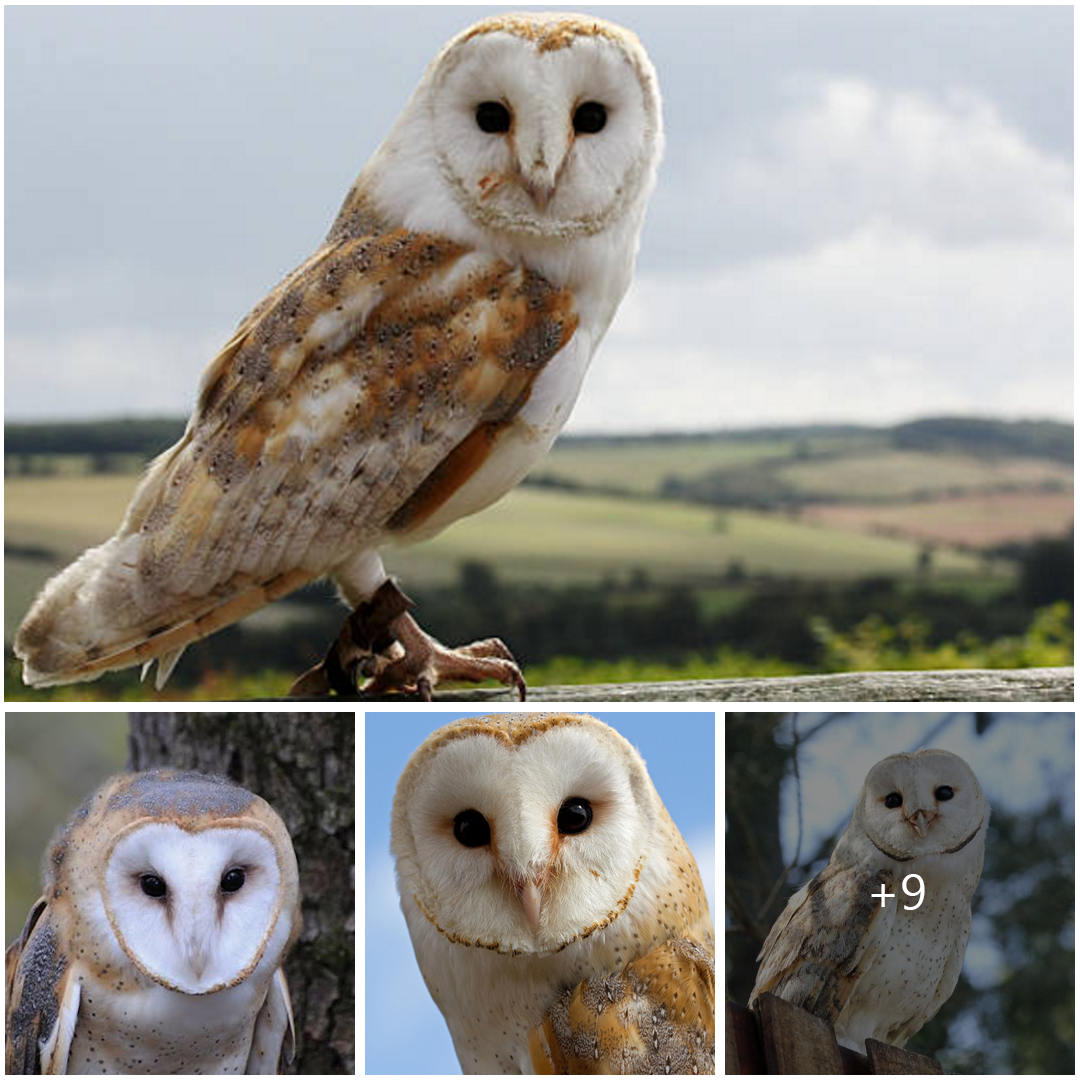
The Woodpecker: Nature’s Percussionist
Woodpeckers, with their distinctive tapping sounds and vibrant plumage, are among the most fascinating and charismatic birds found in forests and woodlands worldwide. These avian percussionists play essential roles in their ecosystems, contributing to biodiversity and captivating the imaginations of birdwatchers and nature enthusiasts alike.
Introduction to Woodpeckers: Woodpeckers belong to the family Picidae, which includes over 200 species distributed across various habitats, from temperate forests to tropical jungles. Known for their strong bills, specialized tongues, and unique drumming behavior, woodpeckers have adapted to a variety of niches within their environments.
Physical Characteristics: One of the most striking features of woodpeckers is their stout, chisel-shaped bills, which they use to excavate bark and wood in search of food. Their strong neck muscles and stiff tail feathers provide stability as they hammer away at tree trunks in search of insects, larvae, and sap.
Woodpeckers also have specialized adaptations for feeding, including barbed tongues that can extend up to four inches beyond their bills to extract prey from crevices. Additionally, their sturdy claws and zygodactyl feet (two toes facing forward and two backward) enable them to cling to vertical surfaces with ease.
Behavior and Ecology: Woodpeckers are primarily insectivorous, feeding on a variety of invertebrates found beneath the bark of trees. Their drumming behavior serves multiple purposes, including communication, establishing territory, and attracting mates. The resonating sound produced by their rapid drumming can be heard over long distances and is a distinctive feature of many woodland habitats.
In addition to their role as insect predators, woodpeckers play important ecological roles in forest ecosystems. By excavating cavities in trees for nesting and roosting, they provide essential habitat for a variety of cavity-nesting birds and mammals. These cavities also serve as shelters during inclement weather and provide protection from predators.
Conservation Status: While many species of woodpeckers are considered abundant and widespread, others face threats such as habitat loss, fragmentation, and degradation. Conservation efforts aimed at preserving mature forests, protecting nesting sites, and reducing human disturbances are crucial for ensuring the long-term survival of woodpecker populations.
Conclusion: In summary, woodpeckers are remarkable birds with unique adaptations and behaviors that make them invaluable members of forest ecosystems. From their specialized anatomy to their rhythmic drumming, woodpeckers continue to captivate and inspire admiration among birdwatchers and naturalists worldwide. By conserving their habitats and respecting their ecological roles, we can ensure that future generations will continue to enjoy the presence of these charismatic avian percussionists.





